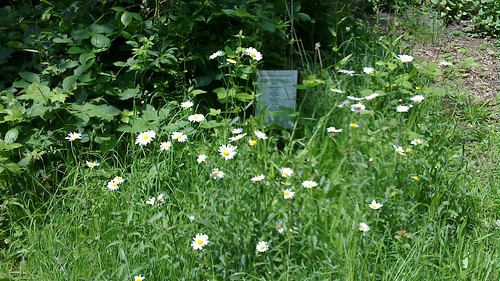i want to make one science exhibition model based 1.on climate change 2.organic agriculture?

Image by uniteddiversity
Wild Flower Patch
Question by rahulraj867: i want to make one science exhibition model based 1.on climate change 2.organic agriculture?
pz help me about the construction of model
Can you help? Leave your own answer in the comments!

Hate to say this, but the biggest difference between organic agriculture and normal agriculture is the fact that the end result is similar.
As for climate change, what part? The best thing to do would be to research the Medieval Warming Period and base your models off of this period of time when the temperatures were warmer.
andy
October 30, 2011 at 4:51 am
1.Natron was added to castor oil to make a smokeless fuel, which allowed Egyptian artisans to paint elaborate artworks inside ancient tombs without staining them with soot.
2.organic agriculture?
Why use Humic Substances for Carbon Sequestration
Definition of Humic Substances
Humic substances (HSs) are naturally occurring brown and black plant organic matter. They are comprised of humic acid, fulvic acid, and humin, which together is commonly referred as “Humus” Importance of humus in agricultural, has been known for a long time. Today, they can play a major role in sequestering carbon in soils and by carbon dioxide uptake by increased biomass and thus averting the adverse consequences of climate changes due to excessive building up of carbon dioxide by increased burning of carbon fuels.
Humic substances not only the largest component of soil organic matter but also account for as much as 95% of the total dissolved organic matter in natural waters and they often exceed the concentrations of ions like calcium, sodium and chloride ions present. HSs act as buffers and they help to counteract the adverse effects of acid rain on lakes, rivers and forests. Most importantly, humic substances (which account for 50 – 80% of all soil organic matter) are a sizeable part of the enormous carbon pool on our planet, as shown in the following Table 1. Described below are the benefits of converting plant and animal waste and coal to give long-lived humic substances. This is nature’s way of preserving the carbon balance in the environment as well as producing materials with remarkable life-sustaining properties
Charlie Wenger
October 30, 2011 at 5:31 am